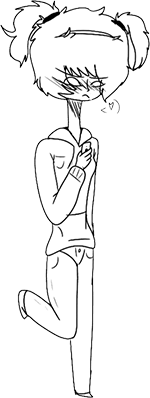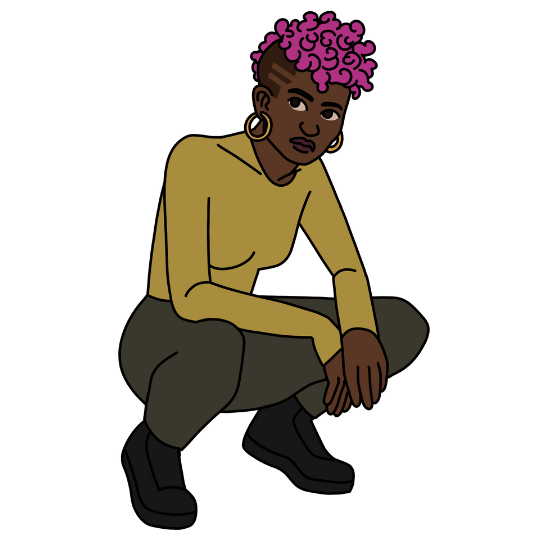“Teamwork in Thomas Was Alone” by Ben Huxley
Posted: 6 Sep 2021A few months ago, a friend introduced me to a gem from 2013; a simplistic looking indie release called Thomas Was Alone.
Created by Mike Bithell, it was originally a flash-based browser game (remember those?) so we couldn’t be further from triple-A blockbuster. The avatars are various rectangles that the player controls to solve puzzles. Its ideas, however, are more profound than any screenshot would have you believe; it credibly attests, among other things, that none of us are useless. As we slowly wade back to the physical workplace, this is a fact worth remembering. Everyone can contribute, and you’re not looking hard enough if you think otherwise.

Thomas Was Alone is set inside a computer mainframe, where AIs have mysteriously become sentient. Thomas, a red rectangle, is one such AI. While he is initially alone, he soon makes friends with various other rectangles, and it soon becomes evident that the gameplay revolves around making these characters work together.
The first person to accompany Thomas in his enigmatic journey is Chris. He’s a small yellow square who can’t jump very high, but believes he can do just fine on his own. He develops a hatred towards Thomas, partly because Thomas can jump so much higher, and Chris feels like more of a hindrance than anything. But it becomes clear that they need each other; Thomas needs to jump on Chris to get to higher platforms.
The next character to join the four-sided fellowship is John, a tall yellow rectangle with an impressively high jump. He thinks highly of himself, and wants to parade his skills to this new audience. Like Chris, he is forced to change his ways in the face of the evidence. John can’t complete the tasks on his own, and he becomes humbled by the necessity of teamwork.

Claire is a large cube who we first meet as platforms around her are crumbling. Like Chris, she can’t jump very high. She also moves slowly, and due to her size can’t fit through small spaces. She seems depressed, and as the world crumbles, she doesn’t make much of an effort to escape. In her depression, she seems ready to give up. As she hits the water, however, she floats. It turns out that she can swim, and is the only character who can. She realises she can help others across the water, and Claire begins to feel like a superhero just after she hits rock-bottom.
There’s more to this world than those who can jump and swim, and those who can’t. Each rectangle we meet is a complex and well-rounded (or edged) character. Laura makes an appearance later in the game, and she’s one of the few characters with a backstory – most of the rectangles become sentient just as we meet them. Laura had a group of friends before she met this group (we can only assume that they, too, were sentient AIs in the form of rectangles). While we never hear the details of this friendship, we know that they used Laura before disappearing from her life.

She is a long rectangle like John, except she’s horizontal. As other characters jump on her, they bounce considerably high. Having been jumped on plenty of times in the past, Laura has trust issues. However, continuing with the wholesome nature of the game, things take a turn for the better. As Laura reluctantly helps her new friends, they help her too. Her trust in others is gradually built back up, and she realises she’s found a group who won’t abandon her.
Using minimalistic shapes was a brave decision on Bithell’s end. He’s revealed in an interview that the rectangles were placeholders for something more complex. Whenever the characters were changed to something other than rectangles, however, something was lost. I wonder if that “something” wasn’t only in gameplay mechanics, but also in the artistry. The simplicity of these shapes makes it easy to draw metaphors. In fact, the whole point of minimalism as an art form is to reveal the truth by stripping away anything non-essential.
Stripped down to our simplest visual form, these squares are us as we work together. I won’t reveal the ending, or where the story goes at the midway point, but it’s enough for now to talk about these shapes and how relatable they are. You might feel useless and unable to help. You might not see the point in trusting a group again, after some event in your past. While it may be daunting, and occasionally frustrating, helping each other along is better than going solo.
It shouldn’t be too much of a spoiler to say that the trophy for finishing the game is called “Thomas Was Not Alone.”

Ben is a freelance writer based in North Wales. He believes games are one of the most important and undervalued art forms, and aims to share their value to as many people as possible.

